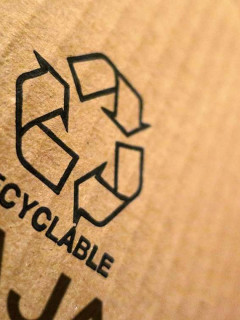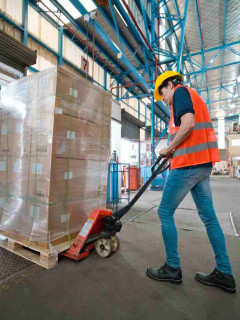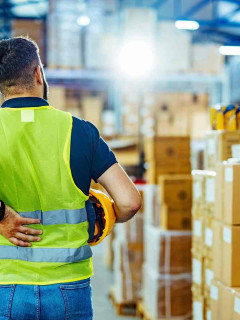Protecting your eyes with safety glasses is compulsory in the workplace, when the activity requires it. The eyes are fragile, and without protection, accidents can happen quickly: injury or perforation of the cornea, burns of the cornea or retina, opacification of the lens.Safety glasses come in different types of shapes, temples and lenses, depending on your needs. If you are having trouble deciding which eye protection is suitable for your activity, here is a short guide to help you select the appropriate safety glasses!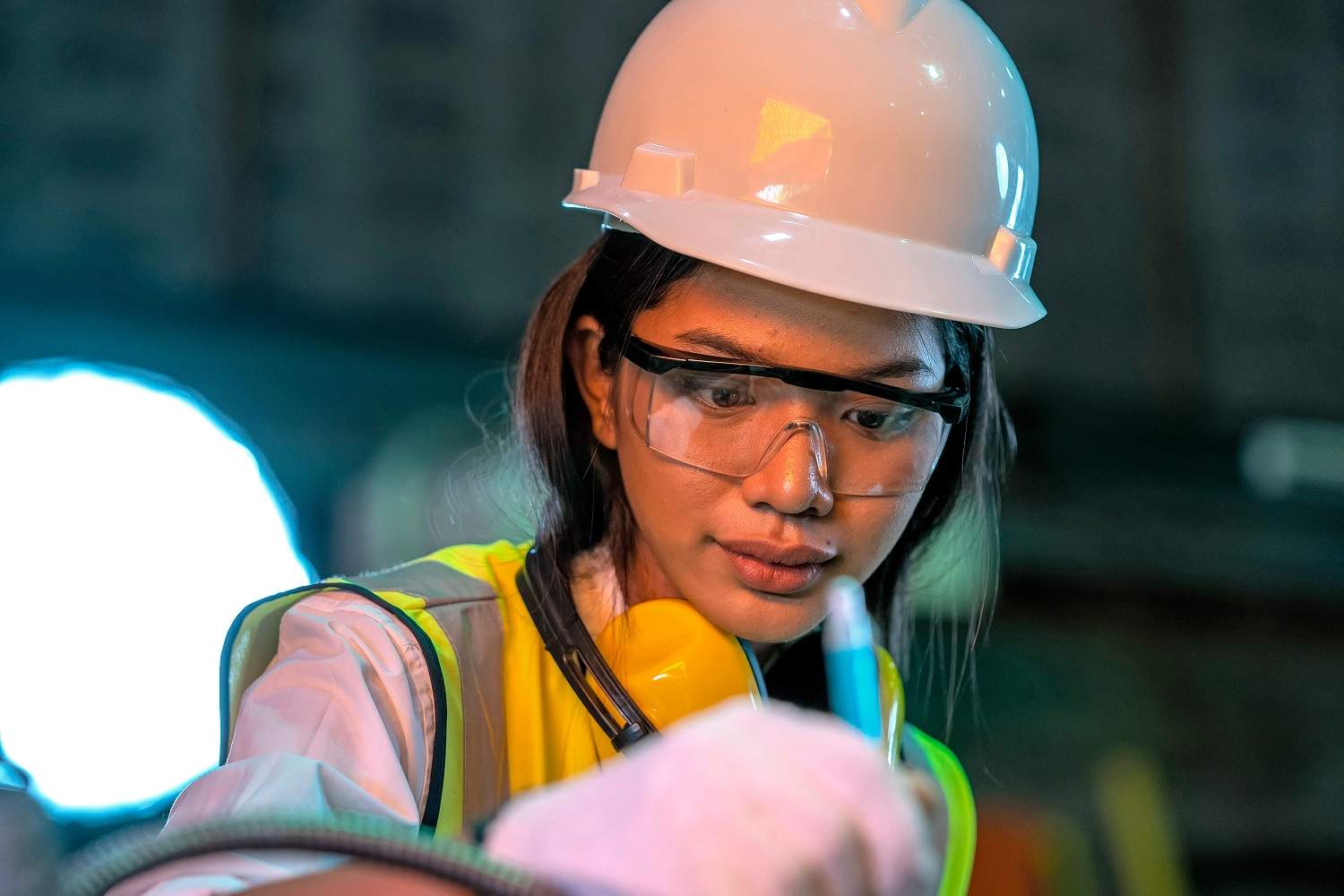
Why wear safety glasses in the workplace?
The eyes are a particularly sensitive part of the body, and it is imperative to protect them. Regular use of chemicals or machines that cause splashes increases the likelihood that an accident will occur in the workplace. That’s why, amongst other things, the
- Mechanical risks: splashing of splinters or solid particles, especially during machining operations.
- Chemical or biological risks: splashes of liquids, gases or toxic vapours. These risks are predominant in the pharmaceutical, food processing, cosmetics and waste treatment sectors.
- Thermal risks: intense radiation, projection of liquids or solids at very high temperatures. Thermal risks are predominant in metallurgy (radiant heat from furnaces, molten metals, etc.).
- Electrical risks: electric arcs from short circuits or electrical contact, exposure to electric arc welding processes, but also when an employee works on an installation or electrical equipment.
- Optical risks: UV (ultraviolet) or IR (infrared) radiation, used in the medical field or in industry (exposure during welding processes for example).

Safety glasses: what technical features do you need?
There is a wide range of protective glasses to choose from: with different degrees of coverage, different materials, different colours and coatings. Here are our tips and our selection of products to guide you!
The shape of the glasses
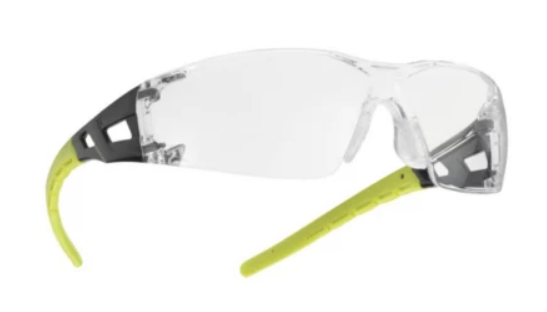 |
Standard safety glasses, also called bollated glasses because of the curvature of the lenses, are used for light exposure risks. They do not cover the whole face, but the flexible temples make them more comfortable. Product example: Limelux COVERGUARD glasses. |
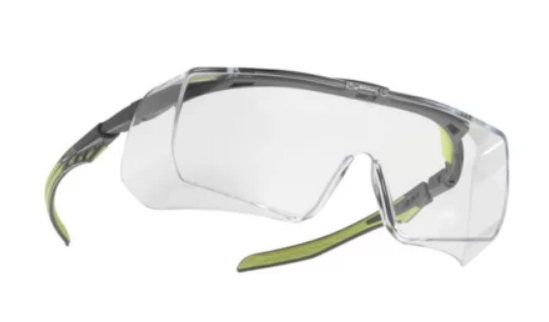 |
Overglasses are practical for operations that do not require total protection. They can be worn over prescription glasses. The temples are adjustable for optimum comfort. Product example: Overlux COVERGUARD. |
you can provide your employees with safety glasses that are adapted to their eyesight, allowing them to maintain natural vision while providing effective visual protection.
The material of the lenses
The lenses are mainly made of one of these materials
- Glass: the most scratch resistant, it has the best chemical and thermal resistance. Its weak point is its weight and vulnerability to impacts.
- Acetate: lighter than glass, it has good chemical and impact resistance.
- Polycarbonate: also lighter than glass, it offers the best impact resistance, but its weak point is its resistance to scratching.
lens
coating and colour
Depending on the lens, there are several coating options: anti-UV, anti-scratch, or anti-condensation. Clear lenses are the most common. For some activities, it may be wise to use coloured lenses
- Yellow/orange lenses offer UV protection;
- Smoked lenses protect against intense rays and reflections.
what are the standards for professional eye protection?
Safety glasses are part of PPE(personal protective equipment), so the choice of model must be made in accordance with the health and safety standards in force. PPE is defined as “any device or means intended to be worn or held by a person in order to protect him or her against one or more risks likely to threaten his or her health and safety at work, as well as any complement or accessory intended for this purpose”. The French Labour Code andAFNOR standards ensure the authentication of safety glasses. Here are a few examples
- NF EN 169: standard on filters for welding and associated techniques.
- NF EN 170: regulation of UV filters.
- NF EN 171: standard on infrared filters.
- NF EN 172: regulation of solar filters for industrial use.
the lenses and frames of safety glasses have a registration number giving information on their appropriate use.
Information given by the serial number of the frame
- Identification of the manufacturer;
- Number of the general EN standard;
- Scope of application;
- Mechanical resistance;
- Certification mark (CE mark).
information given by the lens serial number
- Level of protection (filters) ;
- Manufacturer’s identification ;
- Optical classification ;
- Mechanical resistance ;
- Symbol of non-adherence to molten metals;
- Symbol for resistance to damage by fine particles;
- Symbol for resistance to fogging;
- Certification mark (CE mark).
the following tables show the meanings of the assigned numbers
- Optical classification
| 1 | Optimum visibility, extended periods of use |
| 2 | Medium visibility |
| 3 | Minimum visibility, short periods of use |
- Field of application
| No. General use | Does not provide special protection against mechanical hazards. |
| no. 3 Liquids | Protects against splashes. |
| 4 Coarse dust particles | Protects against dust with a grain size greater than 5 microns. |
| 5 Gases and fine particles | Protects against gas, vapour, smoke and dust particles larger than 5 microns. |
| 8 Electric arcs | Protects against electric arcs. |
| 9 Molten metal and hot solids | Protects against splashes of molten metal or hot solids. |
- Mechanical resistance
| / | Minimum resistance. |
| S | High resistance. |
| F | Low speed impact protection of 45 m/s. |
| B | Medium speed impact protection around 120 m/s. |
| A | High speed impact protection (190 m/s). |
| T | Resistant to temperatures between – 5 °C and 55 °C. |
now you have all the information you need to equip your company with safety glasses! Find all our safety glasses models in the RAJA online shop












